If you are looking for ways to remove water from a boat gas tank, you’ve come to the right place. Water collection in a gas tank is not ideal whether it’s in a boat, vehicle, equipment, or anything else with an internal combustion engine. At best case water intrusion will keep an engine from running smooth. If there’s enough water in the system, the engine might not run at all and prevent you from reaching your destination.
How Does Water Get Into a Fuel Tank?
There are a few ways water can infiltrate your boat or vehicles fuel tank. One of the most common ways is for condensation to form inside of a partially filled tank. Humid air enters a tank through the fuel vent. During expansion and contraction of air with temperature changes, moisture is absorbed into the fuel. Multiple instances of this causes additional moisture to enter the system, especially if a tank is not full or lower on fuel.
Contaminated fuel tanks at fueling stations can also contain water. If contaminated fuel is pumped into your boats fuel tank, the boats fuel will also be contaminated. If possible, it’s good to know where you are buying fuel from and make sure the facility sells quality fuel. Unfortunately, this isn’t always an easy thing to do.
Finally, a faulty fuel filler cap can allow water into the system. This can happen in the form of rain water, sea water, or even water from washing the boat.
What are Signs of Water in a Fuel Tank?
The performance of your boats engine will be noticeably affected if water has entered or accumulated in the fuel tank. While troubleshooting these issues with your boat’s engine, it’s important to know if the engine may be experiencing any other electrical or mechanical issues that may have similar effects. It’s a good idea to check the engine over as there may be other issues that have similar symptoms. There are multiple signs of water being in the fuel system which we have listed below.
- Trouble accelerating
- Engine hesitation
- Trouble getting up to speed
- Change in speed without changing throttle position
- Sputtering engine
Product Selection Guide
We’ve listed a few products below that are recommended if you are experiencing the symptoms above and have determined there may be water in your boats fuel system. These can also be used with each fill up to prevent water accumulation or stop it as it’s happening versus trying to stop it once the fuel has already been contaminated.
Iso-Heet
Iso-Heet is one of the best sellers when it comes to removing water from fuel systems in vehicles of all types. It is specially formulated to absorb water up to 5 times more than standard products and is built to work with both gasoline and diesel fuels. On top of it’s above average water absorption capabilities, it is also built to clean fuel injectors and carbonators to help them flow at their maximum capacity.
- Removes water from fuel systems
- Absorbs water up to 5 times more than standard products
- Prevents rust and corrosion in fuel system components
- Cleans fuel injectors and carburetors
- Can be used on 2 and 4 cycle engines
Container Size and Dosage Information
- One 12 ounce bottle treats 20 gallons of gasoline
As a preventative measure, Golden Eagle recommends using Iso-Heet with each fill up and can be used to treat up to 20 gallons. This will ensure it works as moisture builds in the gas tank and keeps it from reaching a point where it effects the performance of your watercraft or other internal combustion machine.
MDR E-Zorb
MDR, Marine Development and Research, has been developing products specifically for marine applications since 1966. They’ve come up with a product aimed at removing water from gas tanks that we also recommend. Their E-Zorb will do the job to get rid of water whether it’s used as a reactive or proactive product. Some of the features of E-Zorb are listed below.
- Absorbs Moisture
- Disperses and emulsifies water into the fuel (prevents separation from gasoline)
- Prevents rust and corrosion in fuel systems
- Separate formulas for gasoline and diesel fuel applications
Container Size and Dosage Information
- One 8 ounce bottle treats 144 gallons of gasoline
- One 16 ounce bottle treats 288 gallons of gasoline
- One 32 ounce bottle treats 576 gallons of gasoline
E-Zorb can be used as a reactive product to remove water and moisture from gasoline, and can also be used as a preventative additive to remove condensation that may form within a fuel tank. For larger water intrusions E-Zorb will emulsify its own volume of water.
STP All Season Water Remover
STP Water Remover is another additive to remove water from gas which makes it effective as an anti-freeze. With the ability to remove water from gasoline, STP Water Remover will help protect fuel systems from rust and corrosion due to moisture that may be in the system over many years.
- Helps remove water due to condensation
- Prevents rust and corrosion in fuel systems
- Prevents fuel from freezing up
- Specifically designed for 4 cycle engines
Container Size and Dosage Information
- One 5.25 ounce bottle treats 21 gallons of gasoline
It is recommended to use STP Water Remover with each fill up to prevent moisture from building up in gas tanks due to condensation. On top of it’s moisture removing abilities, it will also help keep fuel injectors and carburetors clean.
Star Tron Enzyme Fuel Treatment
Star Brite has created another very effective and popular product in their Star Tron Enzyme Fuel Treatment. This treatment will disperse any moisture in gasoline, and is built to do even more . A list of all the features is below.
- Disperses water in gasoline
- Stabilizes fuel to prepare for storage for up to 2 years
- Restores aged gas to a useable state
- Protection against ethanol water separation in gasoline
- Cleans deposits from engine and fuel system
Container Size and Dosage Information
Star Tron Enzyme Fuel Treatment comes in a variety of different sizes for you to choose from. Depending on the size or number of your watercraft and equipment, the additional sizes will add choices to fit your fleet. Below is a list of the various sizes as well as the number of gallons each bottle can treat.
- One 8 ounce bottle treats 128 gallons of gasoline
- One 16 ounce bottle treats 256 gallons of gasoline
- One 32 ounce bottle treats 512 gallons of gasoline
- One 128 fluid ounce bottle treats 2048 gallons of gasoline
This treatment is capable of treating 6 gallons of gas per 1 ounce of additive. Star Brite had a few tricks up their sleeve as well when they developed their clever bottle. Not only is the bottle clear so you can see the liquid level, it also has a scale on the side so you can measure the amount of liquid you are using without having to pour it in another measuring device! This is convenient if you are using the additive on the go as well as simply making it more efficient at home.
How to Prevent Water in Gas
Preventing water in your boats fuel tank is the best way to keep a larger issue from developing. This will not only ensure your boat will run properly while you are out enjoying it, but will also ensure components are not subject to corrosion and rust. Keeping water out of the fuel system can mean not having to replace items such as metal fuel tanks and lines that can be damaged over years of moisture exposure. We have listed a few suggestions to prevent water in gas below.
- Keep the fuel tank topped off
- Inspect and replace worn or faulty fuel filler cap seals
- Use a moisture dispersing additive with each fill
- Always buy from a trusted source that sells quality fuel
Final Thoughts
If you own a boat, it’s a good possibility it could get water in the fuel tank at some point. It’s important to know how to treat this situation should it arise, or even prevent it before it does. Preventing water in your boats fuel tank can save time, headaches, and even money. It can be challenging to prevent water from entering the fuel tank in every situation, so we hope this article has helped with being able to identify when a boat or other vehicle may have water in the fuel system and what additives can help with this.

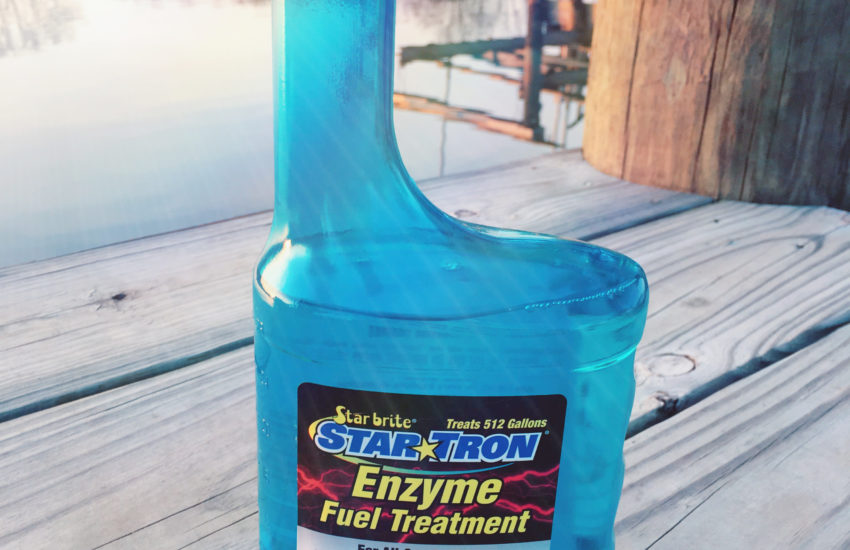
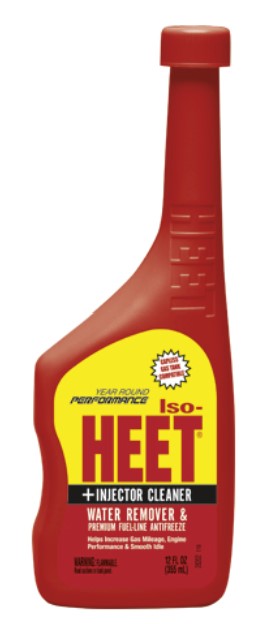
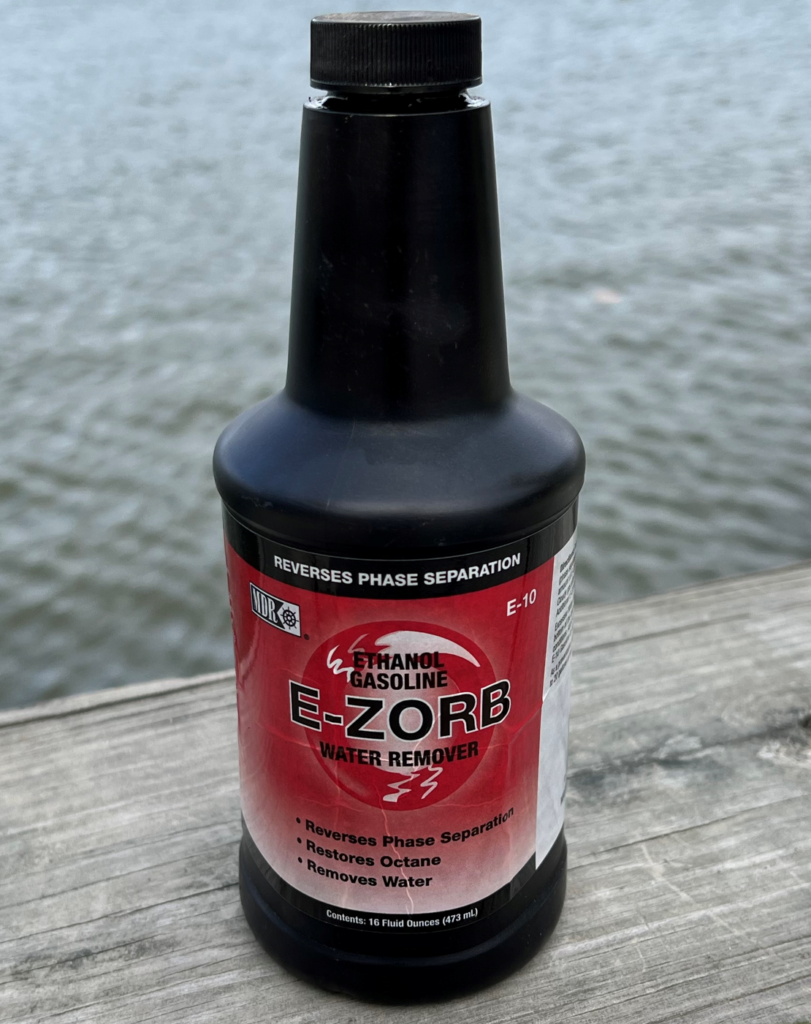
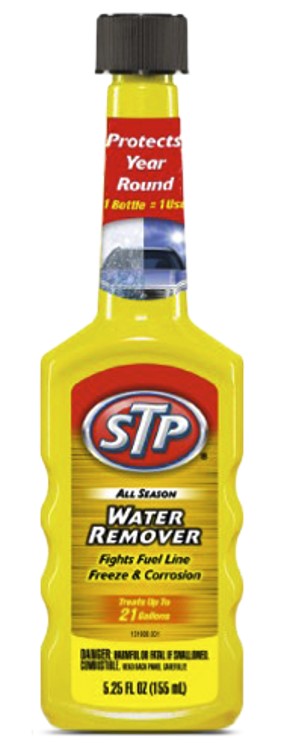
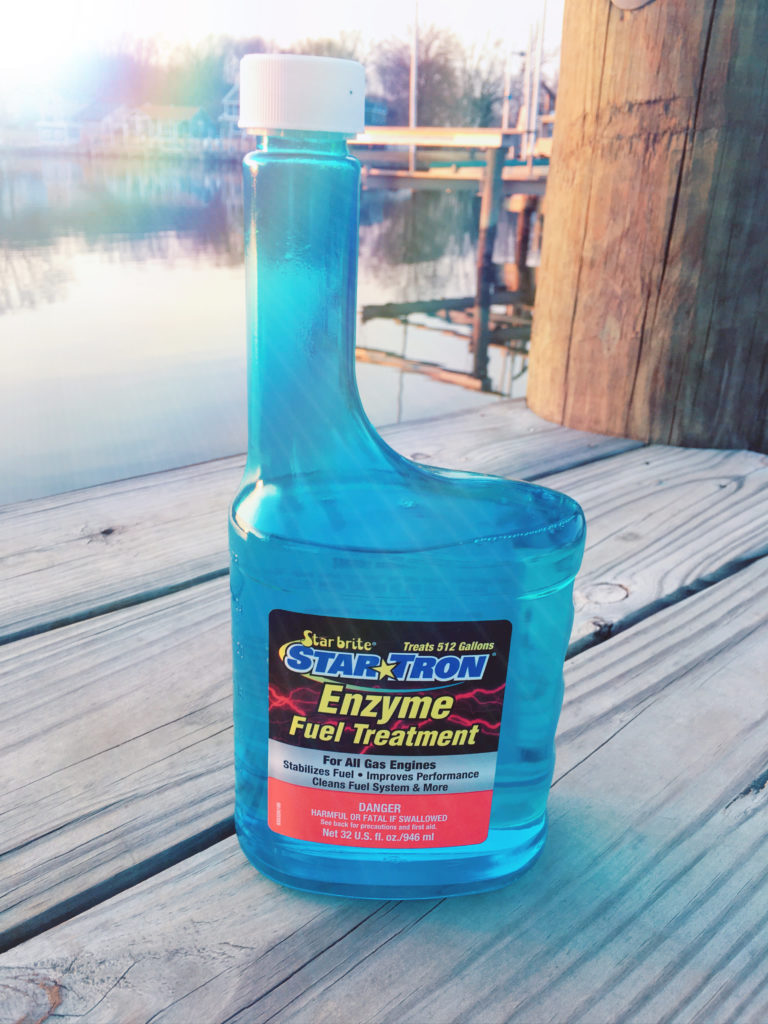
I totally agree when you said that you can prevent a larger issue from developing when you keep water out of the gas tank. I guess that is what happened to my uncle’s boat that is why he already needs a new outboard replacement motor. It got damaged because of the strong hurricane that passed their area getting the insides of the vessel flooded.
Wow! Sorry to hear about your uncle’s boat! Water can be detrimental to an engines internals, regardless of how it enters. With that amount of flooding it would probably be best to empty the tank completely and start fresh if it ever happens in the future, but hopefully it doesn’t! Thanks for the comment.